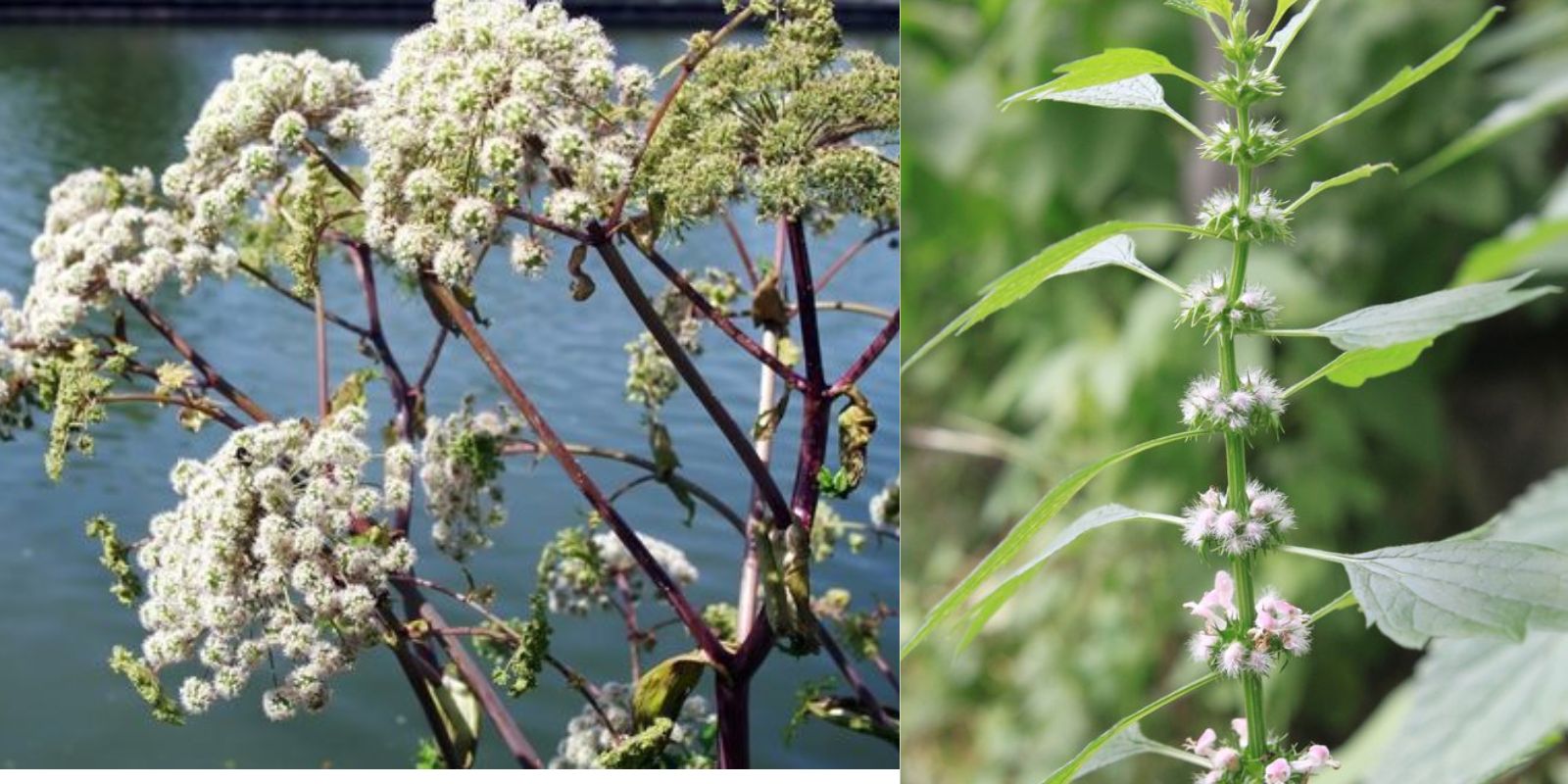Introduction
For millennia, humans have turned to nature for healing, relying on medicinal plants to address a myriad of health concerns. From ancient herbal traditions to modern holistic practices, these plants have provided relief and supported wellness through their diverse therapeutic properties. In this comprehensive guide, we’ll explore over 100 medicinal plants and their uses, offering insights into how you can harness the power of these natural remedies to enhance your health and well-being.
Understanding Medicinal Plants
Medicinal plants are defined by their ability to produce bioactive compounds that offer health benefits. These compounds can have a range of effects, from reducing inflammation to soothing digestive issues. Each plant has unique properties and uses, making it essential to understand what they offer and how they can be utilized effectively.
Key Medicinal Plants and Their Uses
Here are some notable medicinal plants, categorized by their primary health benefits:
1. Digestive Health
- Peppermint (Mentha piperita): Known for its soothing effects on the digestive system, peppermint helps alleviate symptoms like bloating, gas, and indigestion. Peppermint tea or oil can be used for relief.
- Ginger (Zingiber officinale): Ginger is renowned for its anti-nausea properties and can help with digestion and inflammation. It can be consumed as a tea, in food, or as a supplement.
- Fennel (Foeniculum vulgare): Fennel seeds are beneficial for reducing bloating and gas. Fennel tea is a common remedy for digestive discomfort.
2. Immune Support
- Echinacea (Echinacea purpurea): Often used to boost the immune system and prevent colds, echinacea can be taken as a tea, tincture, or supplement.
- Elderberry (Sambucus nigra): Elderberry is known for its antiviral properties and is commonly used to treat colds and flu. Elderberry syrup or tea can support immune health.
- Astragalus (Astragalus membranaceus): This herb is used to enhance immune function and combat fatigue. It can be taken as a tea, capsule, or tincture.
3. Skin Health
- Aloe Vera (Aloe barbadensis miller): Aloe vera is widely recognized for its skin-soothing properties, helping to heal burns, cuts, and irritations. The gel can be applied topically.
- Calendula (Calendula officinalis): Calendula is used in ointments and creams to promote wound healing and reduce inflammation. It’s beneficial for treating minor skin irritations and rashes.
- Tea Tree (Melaleuca alternifolia): Tea tree oil has powerful antimicrobial properties and is commonly used to treat acne, fungal infections, and minor wounds.
4. Mental Health
- Lavender (Lavandula angustifolia): Lavender is renowned for its calming effects, making it useful for reducing anxiety and improving sleep. It can be used as an essential oil, in teas, or in aromatherapy.
- Chamomile (Matricaria chamomilla): Chamomile tea is a popular remedy for promoting relaxation and aiding sleep. It also has mild anti-inflammatory properties.
- St. John’s Wort (Hypericum perforatum): Often used to alleviate mild to moderate depression, St. John’s Wort can be taken as a tea or supplement. Consult with a healthcare provider before use, as it can interact with other medications.
5. Respiratory Health
- Thyme (Thymus vulgaris): Thyme is known for its expectorant properties, making it useful for treating coughs and bronchitis. Thyme tea or steam inhalations can provide relief.
- Mullein (Verbascum thapsus): Mullein is used to treat respiratory conditions like coughs and asthma. Mullein tea or tinctures are common methods of use.
- Licorice Root (Glycyrrhiza glabra): Licorice root has soothing properties for the throat and can help with respiratory issues. It can be consumed as a tea or tincture.
Growing and Sourcing Medicinal Plants
Growing Medicinal Plants:
Many medicinal plants can be grown at home, providing a fresh and accessible supply. Ensure you have the right conditions for each plant, such as sunlight, soil type, and water requirements. Herbs like peppermint, lavender, and chamomile are well-suited for home gardens.
Sourcing Medicinal Plants:
If growing plants isn’t feasible, you can source high-quality medicinal herbs from reputable suppliers. Look for organic options to ensure the plants are free from harmful chemicals and grown sustainably.
Preparing Remedies
Teas: Steep the leaves, flowers, or roots of medicinal plants in hot water to create herbal teas. This method is suitable for many herbs, including peppermint, chamomile, and thyme.
Tinctures: Tinctures are concentrated extracts made by soaking plant material in alcohol or vinegar. They are typically used for more potent effects and can be found in health food stores or made at home.
Ointments and Salves: These are topical applications made from herbs infused in oils or waxes. Calendula and aloe vera are often used in skin treatments.
Capsules and Tablets: Many medicinal plants are available in supplement form, providing a convenient way to incorporate them into your routine.
Conclusion
Exploring the world of medicinal plants offers a wealth of opportunities to support your health and well-being naturally. By understanding the uses of over 100 medicinal plants, you can harness the power of nature to address various health concerns and enhance your overall wellness. Whether you grow your own plants or source them from trusted suppliers, incorporating these natural remedies into your life can lead to improved health and vitality. Embrace the healing potential of medicinal plants and discover the benefits they can bring to your daily life. 🌿🌱

